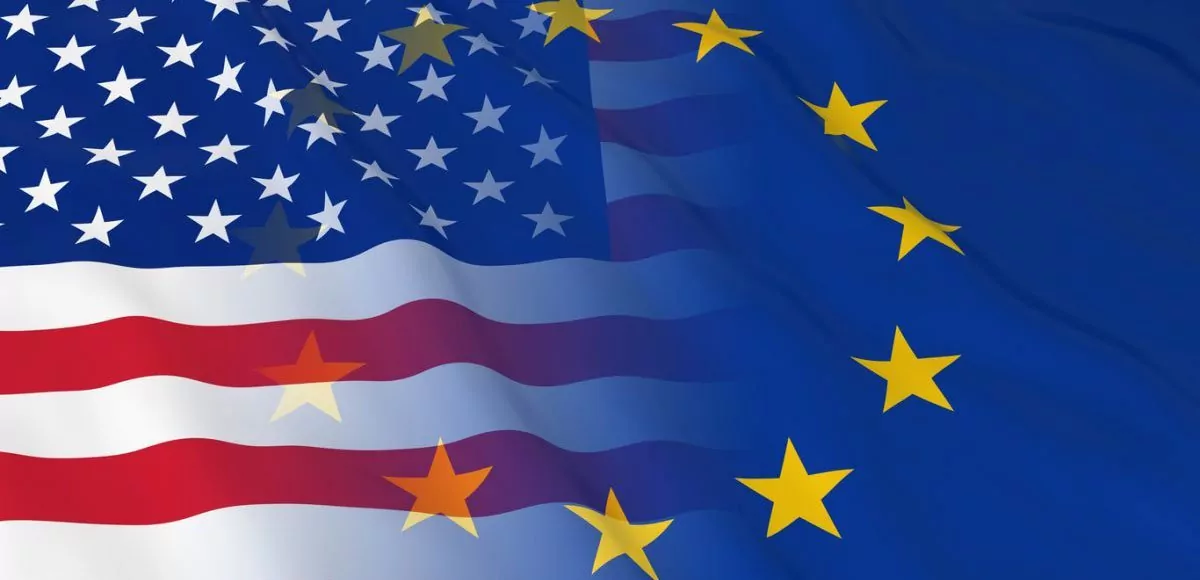We await the final decision on whether veterinary products will be included in the scope of the Mutual Recognition Agreement (MRA) currently in place between the European Community (EU) and the United States (US) that provides recognition of each other’s GMP inspections. The application of the MRA is currently focused on successfully implementing the sections of the MRA that are relevant to cGMP surveillance or routine inspections. Application-specific inspections, such as pre-approval inspections, are within the scope of the MRA; however, because these inspections are based upon applications submitted to a specific regulatory authority, additional coordination and assessments are required in the US and EU. The current products in the scope of the agreement include marketed finished pharmaceuticals for human use in various dosage forms such as tablets, capsules, ointments and injectables, marketed biological products, intermediates and Active Pharmaceutical Ingredients (API).
Products that currently remain outside the scope of the EU/US MRA for Inspections are as follows:
- Veterinary products / immunologicals
- Vaccines and plasma-derived products
- Human blood, plasma, tissues and organs
The anticipated announcement date for the inclusion of veterinary products in the scope of the MRA was mid December 2019. As this date has recently passed, we should not expect to wait much longer for the scope of the MRA to be expanded to include veterinary products.
What exactly will this mean for manufacturers of veterinary products? It means that the MRA between FDA and the EU will allow drug inspectors to rely upon information from veterinary product drug inspections conducted within each other’s territories. By utilising each other’s inspection findings and related information, the FDA and EU will be able to reallocate resources towards the inspection of veterinary product drug manufacturing facilities with potentially higher risks across the globe. It is expected that this extension of the MRA will benefit patients and reduce adverse public health concerns while also reducing the regulatory workload of competent authorities. This will in turn lower costs and avoiding duplicate inspections.
Appendix 4 of the MRA which can be accessed at the link below outlines the criteria that defines a capable inspectorate as one that:
- Has the legal and regulatory authority to conduct inspections against a standard for GMP;
- Manages conflicts of interest in an ethical manner;
- Evaluates risks and mitigates them;
- Maintains appropriate oversight of manufacturing facilities within its territory;
- Receives adequate resources and uses them;
- Employs trained and qualified inspectors with the skills and knowledge to identify manufacturing practices that may lead to patient harm; and
- Possesses the tools necessary to take action to protect the public from harm due to poor quality drugs or medicinal products.
The EU and US initially signed the MRA for the current products in scope on 01 Nov 2017 with eight EU countries immediately benefitting from this agreement. There were many phased approvals after this date, with Ireland being approved on 01 Jun 2018. All 28 EU countries are now included within the scope of this agreement.
The FDA and EU will individually rely upon the facts obtained from an inspection. Additionally, the EU and FDA reserve the right to inspect in each other’s territory at any time irrespective of the MRA.
Although it would be expected that the impacts of different enforcement actions are similar, the FDA and EU have different legal systems and enforcement tools and can take different enforcement actions. To compensate for this, some discretion is necessarily left to the individual countries to implement their national laws as appropriate.
Another key benefit for European companies which became effective on 11 Jul 2019 was the waiving of batch testing when importing medicinal products from the US. In the EU, the Qualified Person (QP) is no longer responsible for carrying out the controls laid down in Article 22 paragraph 1 (b) of Council Directives 75/319/EEC provided that they have verified these controls have been carried out in the US. Each batch must also be accompanied by a batch certificate issued by the manufacturer and signed by the person responsible for releasing the batch.
The EMA and FDA have both published Question and Answer documents on the Mutual Recognition Agreement which can be accessed using the links below:
FDA: https://www.fda.gov/media/103391/download
MRA: Mutual Recognition Agreement between EU and US
PharmaLex can support your organisation in many ways. If you would like the PharmaLex team to assess how the Mutual Recognition Agreement affects your company or if you would like to update your Inspection Readiness compliance strategy, please contact us to discuss on +353 1 846 4742 or contactirl@pharmalex.com.







